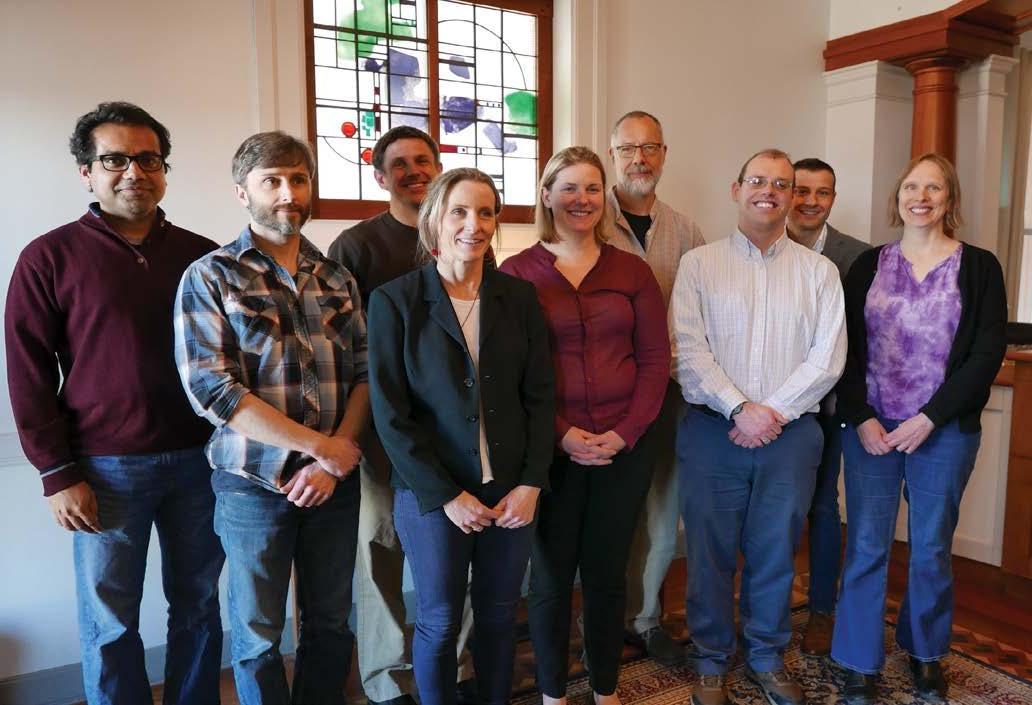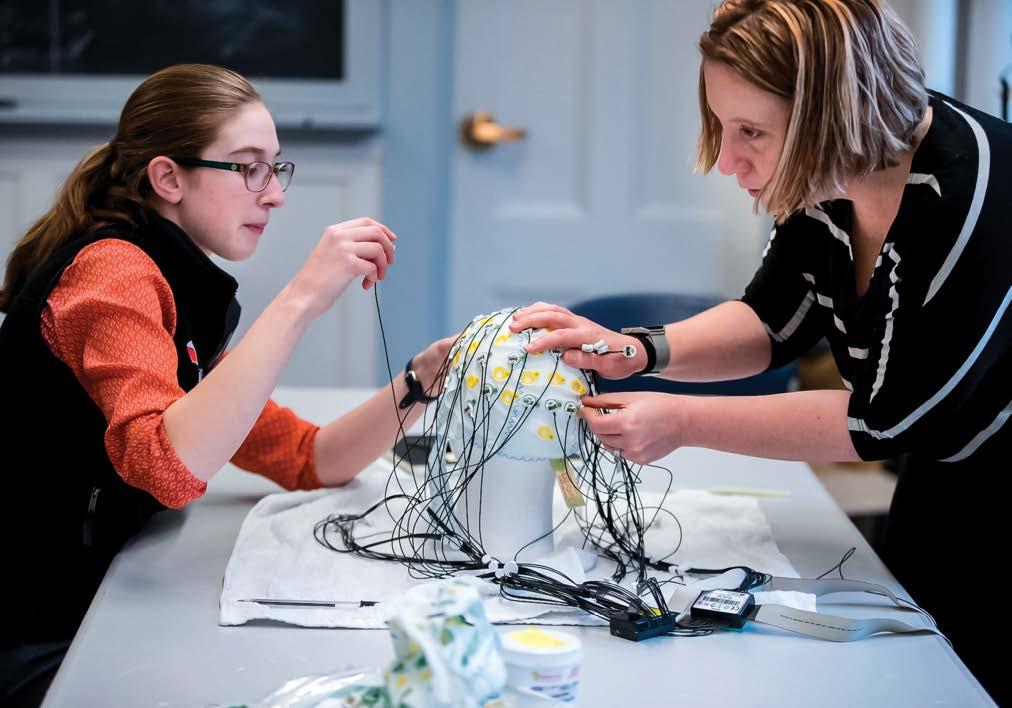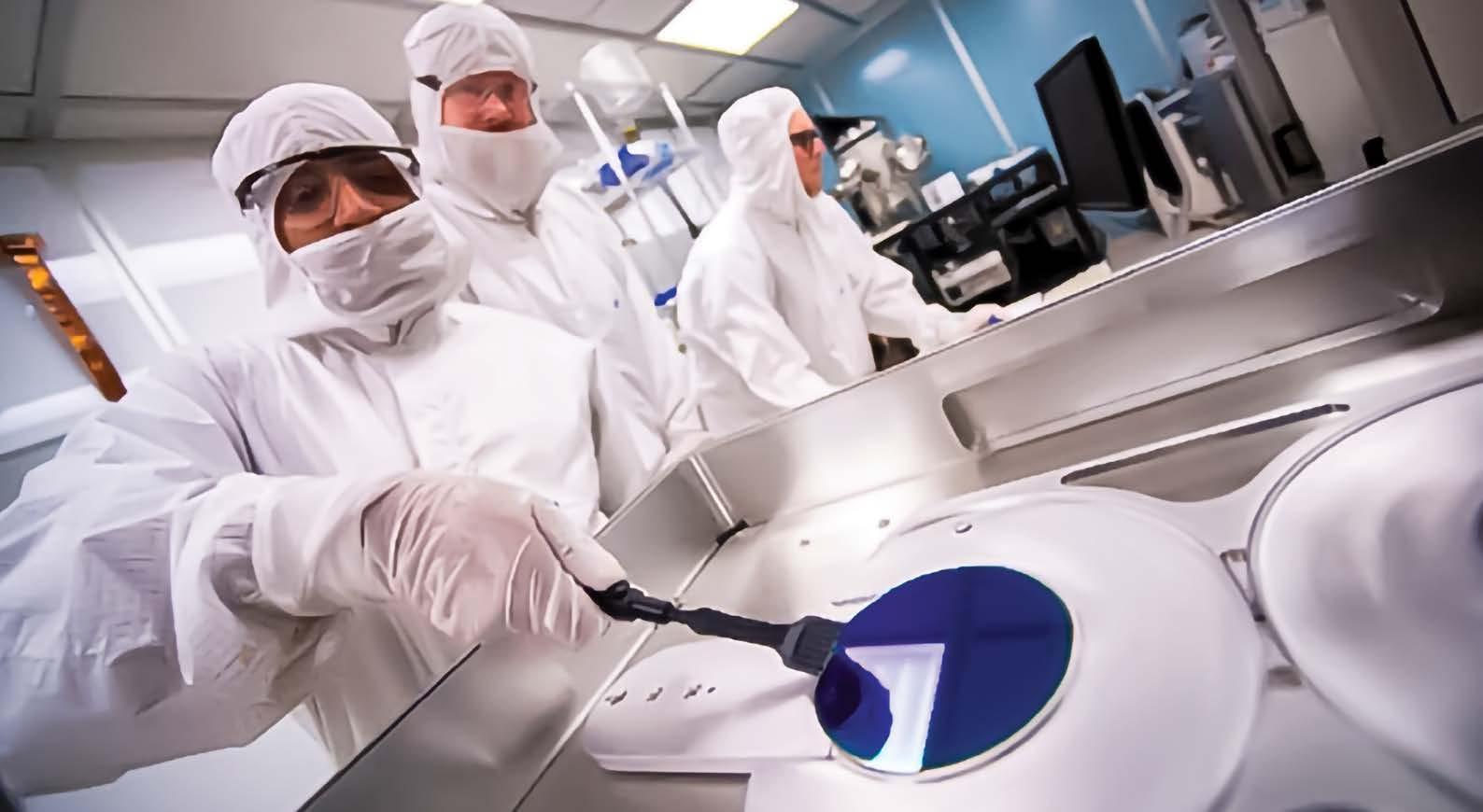
6 minute read
NASA EPSCoR
Maine Space Grant Consortium & Maine EPSCoR
Director: Terry Shehata
Since the early 2000s, Maine’s NASA EPSCoR program, through the Maine Space Grant Consortium (MSGC), has invested in a variety of research sectors, including biomedical science, advanced materials science, high-performance propulsion systems, remote sensing applications, marine science, and climate science. The primary goal of the program is to create a workforce developed through new science in areas that not only align with the interests of NASA, but also the state’s aerospace-related activities. Maine’s NASA EPSCoR program receives $125,000 per year under the NASA Research Infrastructure Development (RID) program over the course of three years (with renewals every three years). This helps Maine researchers establish relationships with NASA researchers. RID funds support small-scale research intended to generate data for larger research proposals. In addition, each year the national NASA EPSCoR Research Competition awards $750,000 over three years to support meritorious research projects that align with NASA’s needs. Annually, Maine NASA EPSCoR solicits research proposals for this competition, and following an external review process, one proposal is submitted to NASA EPSCoR. If selected, NASA EPSCoR issues an award to the state NASA EPSCoR program, which in turn issues a subaward to the institution of the Science-Principal Investigator. In the last year, Maine’s NASA EPSCoR has seen some important achievements. For example, two projects received funding, one under the Maine NASA EPSCoR Research Competition and the second under the Maine NASA EPSCoR RID Program.
Maine NASA EPSCoR Research Competition Award: Multi-Scale Remote Sensing Approaches for Forest Health Assessment
September 2019 – August 2022 (estimated)
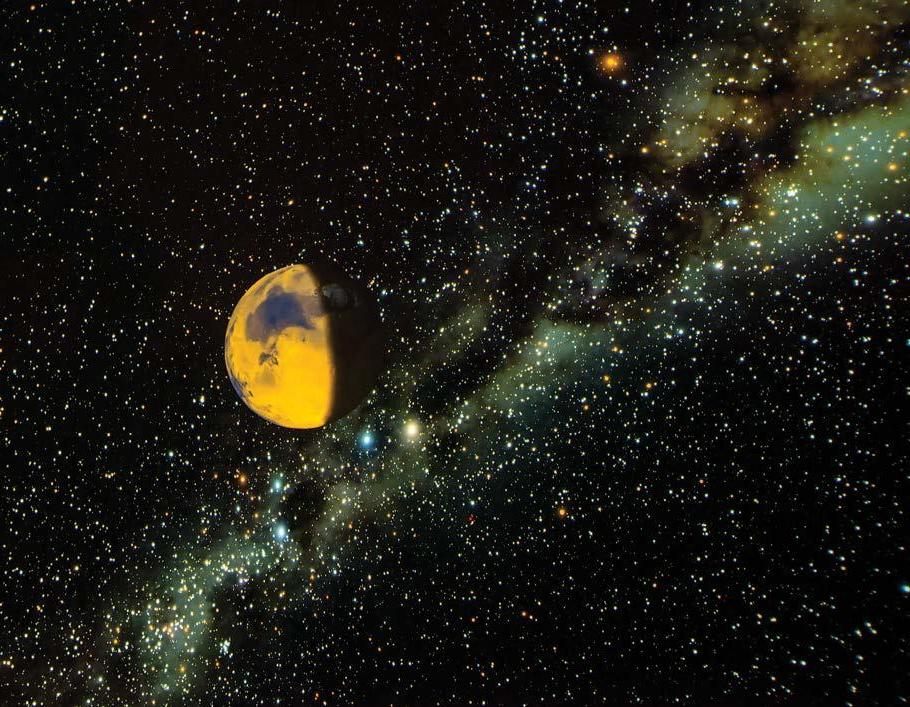
Maine’s NASA EPSCoR program, through the Maine SpaceGrant Consortium (MSGC), has invested in a variety of research sectors, including biomedical science, advanced materials science, high-performance propulsion systems, remote sensing applications, marine science, and climate science. The primary goal of the program is to create a workforce developed through new science in aerospace-related activities.
Project Leadership:
• PI: Parinaz Rahimzadeh (UMaine) • CoPI: Aaron Weiskittel (UMaine): • CoPI: Wilhelm Friess (UMaine) • CoPI: Daniel Hayes (UMaine) • CoPI: Peter Nelson (UMaine Fort Kent)
Award Amount: $750,000
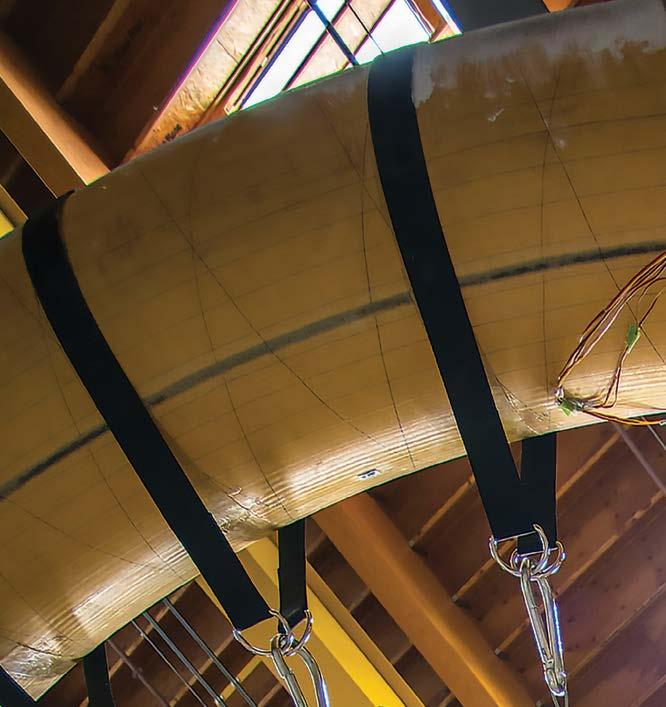
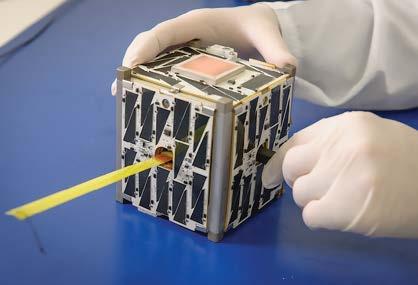
Almost one-third of U.S. economic and cultural well-being strongly depends on a healthy forest land-base and its sustainable management. The Northeastern U.S. is the most heavily forested part of the country, with Maine being the most forested state at 89%. The forests of this region provide numerous products and services for rural livelihood, wildlife, and the environment. Sound, scientifically based management of this resource requires a significant investment in forest inventory and health-monitoring.
Recent advances in remote sensing (RS) technology are revolutionizing the way in which forests are measured and monitored. The focus of this research is on providing more detailed, finer-resolution, accurate, and near-real-time data on forest tree species identification and forest tree decline detection and damage assessment using optical air- and space-borne hyperspectral and multi-spectral data. The goal is to address information needs for precise pest/pathogen control for current outbreaks in Northeastern forests, as well as for early intervention and host tree protection. This information can also be used for pest risk prediction, estimation of economic impacts of outbreaks, quantifying wood supply losses, identifying changes in wildlife habitat, and as inputs for landscape-scale forest succession and disturbance simulation models.
Maine NASA EPSCoR RID Award: Earthshine CubeSat Proof-of-Concept
July 1, 2020 – June 30, 2021
Maine’s NASA EPSCoR program, through the Maine SpaceGrant Consortium (MSGC), has invested in a variety of research sectors, including biomedical science, advanced materials science, high-performance propulsion systems, remote sensing applications, marine science, and climate science. The primary goal of the program is to create a workforce developed through new science in aerospace-related activities.
Project Leadership:
• PI: Daniel Martínez (University of Southern Maine) • CoPI: Ashanti Maxworth (USM) • CoPI: Asheesh Lanba (USM)
Award Amount: $100,000

Earthshine CubeSat Proof-of-Concept
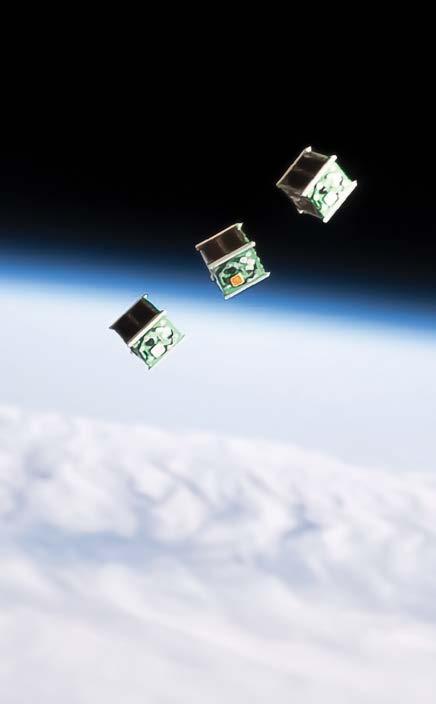
This project’s main goal is to develop and deliver a proof-of-concept 1U CubeSat (a type of miniature satellite) with environmental sensors and an imaging system whose ultimate orbital mission will be to photograph the moon and transmit images to a primary ground station. To achieve this goal, PI Daniel Martinez will work with USM colleagues and partners from Espace Inc, Sonoma State University, and Arizona State University to construct a ground station and control room on USM’s Portland Campus and a new, portable ground station on USM’s Gorham campus for balloon and satellite communications. This will also include the design and creation of the 1U CubeSat, a physical engineering test unit, as well as sensor and instrument characterization, design, and integration in addition to balloon launch testing. This proof-of-concept project will be used to prepare for a launch-ready Earthshine spacecraft, whose science mission will be to photograph the moon and transmit images to a primary ground station.
According to Terry Shehata, projects, such as those described above, build an important foundation for both the academic and private sectors that can potentially bolster the state’s economy. In early 2018, the MSGC convened a two-day workshop with industry, education, government, and space-sector experts to discuss the potential for developing a new space economic cluster in Maine, with a spaceport (SpacePort Maine) as its foundation. These experts (including representatives from NASA and the FAA’s Office of Commercial Space Transportation) agreed that Maine may be poised for a major role in the global nanosatellite market.
Maine offers an ideal geographic location for launching small satellites into polar orbits and is also the home of two former military air bases, which would accelerate the development process. Some Maine companies are already supporting the aerospace supply chain, and educational opportunities, such as the University of Maine Aerospace Engineering Initiative, are preparing students for careers in aerospace.
“The idea of the spaceport is really a unifying vision for the state’s economy,” says Shehata. “We can create job opportunities for our new graduates and motivate them to stay here.” In 2019, the MSGC has conducted a feasibility study for developing such a spaceport through the Maine Technology Institute’s (MTI) Cluster Initiative Program (CIP). This study has involved conducting a market analysis, interviewing key stakeholders, and the assessment of existing resources. According to Shehata, the results have been promising.
In January 2020, a bill to create the Maine Space Port Leadership Council in order to develop the strategic investment plan for creating a new space port was submitted to the Maine state legislature. The bill includes steps for investments in private and public sectors, with the Spring of 2022 as an end date for securing bond issues.
While major bills have been put on hold by Maine legislature due to the COVID-19 pandemic, the bill was supported unanimously prior to the legislative session going on hold in spring 2020. However, Shehata states that outside funding has been secured, as described in the bill, and that the Maine Space Port Leadership Council began its work in fall 2020.
“We’re implementing our vision, step by step,” says Shehata. n



